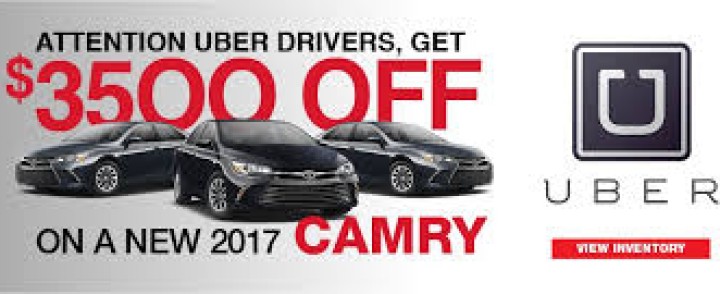Inside Uber’s unsettling alliance with some of New York’s shadiest car dealers
Geovanie Rosario signed the lease because it was easy. Tower Auto Mall came recommended by Uber, as one of four dealers the ride-hailing company partnered with in New York City to offer “flexible and affordable” rentals and lease-to-own contracts to drivers. Rosario went to see Tower one morning in May 2016 and started driving a black Lincoln MKS, New York City’s standard car-service vehicle, a week later. His contract included a $3,000 service fee and weekly payments of $495 for 159 weeks, or just over three years. Tower would take the payments directly out of his Uber earnings every Monday.
Rosario had quit his position as an assistant manager at Rent-A-Center, a job with benefits and a 401(k), to drive for Uber in March 2015. Rent-A-Center paid $12.25 an hour, and, based on Uber’s ads, he figured he could double that by becoming a driver. He had tried a couple of car rental options and, by the time he went to Tower, felt confident he could make enough to come out ahead.
But a month into his lease Rosario fell ill with pneumonia. He tried to keep driving, worried his payments would pile up, but he couldn’t control his cough. With no health insurance, it was hard to get treated, and what little money he did make went straight to his lease. It was late June when Rosario felt well enough to start working full-time again. By then he was $1,800 in debt. When he tried to start up the Lincoln, its alarm sounded.
“That’s when I realized they’d turned the car off,” Rosario said. He called Tower to ask why the dealer had remotely deactivated his vehicle. “They said, ‘You have to make a payment.’”
Uber upended the global, $100 billion taxi market, achieving a valuation of nearly $70 billion, with an app that hails a car at the touch of a button. But the company still struggles to recruit and retain the more than 1.5 million drivers worldwide who make that business possible.
The auto dealers Uber partners with target people with poor credit who otherwise might not be able to buy a car or get a loan.
It has attracted them with hefty signup bonuses and the promise of good pay, then cut rates and increased its own commission. It has advertised “being your own boss” but glossed over the fact that independent contractors don’t get benefits or a guaranteed minimum wage. Uber has been sued repeatedly by drivers who allege they were misclassified as contractors rather than employees. It settled with the US Federal Trade Commission earlier this year for misleading drivers about their potential earnings. It paid back tens of millions of dollars to drivers in New York City in May after admitting it for years shortchanged them on wages.
In recent months, Uber’s treatment of drivers has been almost completely forgotten amid a series of internal scandals. The company has lost nearly a dozen top executives so far this year, including founder and CEO Travis Kalanick, following multiple allegations of sexual harassment and workplace misconduct. It fired more than 20 employees as the result of a harassment probe in early June. Kalanick stepped down on June 20 after five major shareholders demanded his immediate resignation. He has retained a seat on Uber’s board of directors.
As it desperately tries to right itself, Uber has turned to its drivers, long a source of its harshest criticism. The same day Kalanick resigned, the company launched a campaign to improve the driver experience, titled “180 Days of Change.” But some of its past practices towards those drivers might be difficult to untangle.
Read more:
- Uber has turned its attention to drivers again – but not in the right way.



